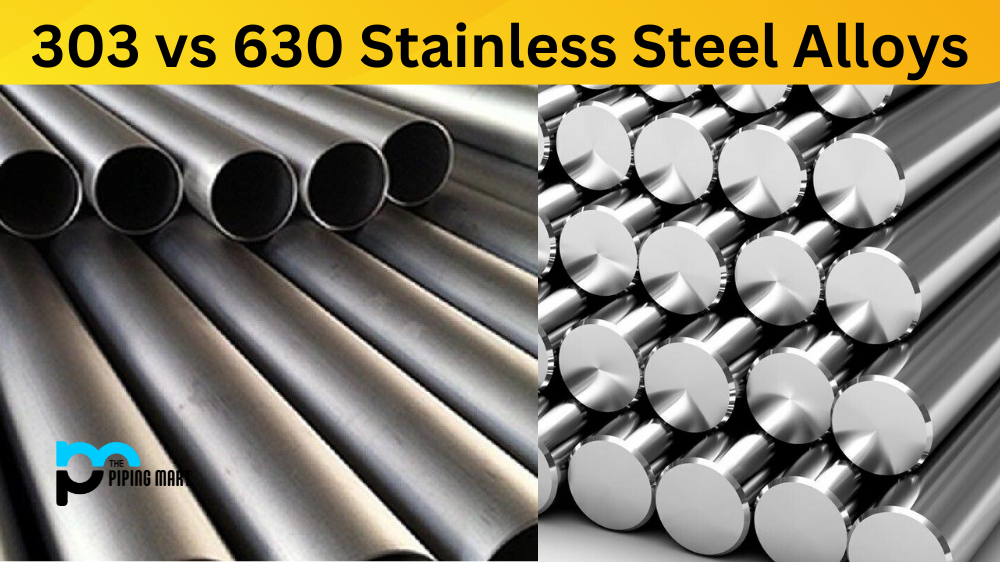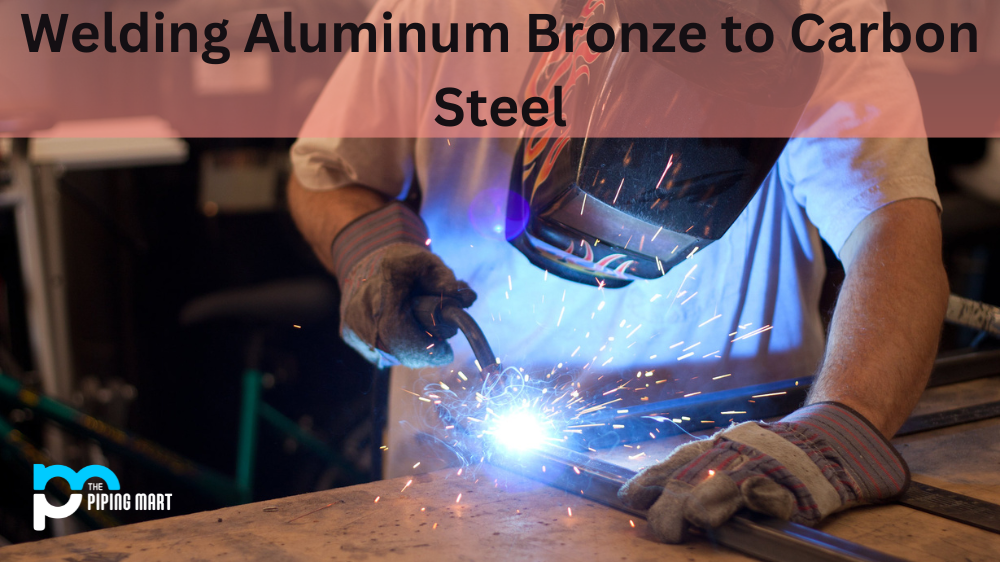303 and 630 stainless steel alloys are two of the most widely used alloys in the world. Both are highly durable, corrosion-resistant, and have excellent mechanical properties. However, some critical differences between the two make them suitable for different applications. Let’s take a look at how these two alloys compare.
Difference Between 303 and 630 Stainless Steel Alloy
AISI 303 is stainless steel that contains 18% chromium and 8% nickel. It is non-magnetic and has excellent corrosion resistance. AISI 630 is a stainless steel that contains 17% chromium and 7% nickel. It is slightly magnetic and has good corrosion resistance.
Chemical Composition
The primary difference between the two alloys is their chemical makeup. The 303 stainless steel alloy is composed primarily of chromium (Cr), nickel (Ni), and copper (Cu). This combination of metals provides it with excellent mechanical properties such as high tensile strength and flexibility and good resistance to oxidation and corrosion due to its high chromium content. The 630 stainless steel alloy also contains chromium, but its primary metal component is iron (Fe). This gives it slightly lower mechanical properties than the 303 alloy but has better heat resistance due to its higher iron content.
Application Difference
Due to their different chemical compositions, 303 and 630 stainless steel alloys can be used in other applications. The 303 alloys are often used in medical equipment, automotive parts, food processing machinery, kitchen appliances, furniture components, handrails, fasteners, valves, pump components and other industrial products that require high levels of corrosion resistance or strength. On the other hand, the 630 alloys are often used in applications where heat resistance is essential such as engine parts or exhaust systems. It is also used in construction projects due to its higher corrosion resistance compared to other steels, such as carbon steel.
Corrosion Resistance
Both AISI 303 and 630 have excellent corrosion resistance. However, AISI 303 is slightly better as it contains more chromium. Chromium provides a passive layer on the surface of the steel that protects it from corrosion.
Magnetic Properties
AISI 630 is slightly magnetic, while AISI 303 is non-magnetic. This is due to the difference in the amount of chromium in each alloy. Chromium creates a non-magnetic film on the surface of the steel that prevents it from being attracted to magnets.
Strength and hardness
AISI 630 is slightly more robust and more complex than AISI 303. This is due to the higher carbon content in AISI 630, which increases the strength and hardness of the alloy.
Conclusion:
In conclusion, 303 and 630 stainless steel alloys are popular options for many applications due to their durability and corrosion resistance. However, they differ slightly in terms of their chemical compositions, which affects their mechanical properties. As a result, one may be better suited than the other depending on what type of product you need. Before deciding which one you should use, make sure you understand the differences between them to choose the best option for your specific application needs. Doing this will ensure you get the best performance out of your product.

Abhishek is a seasoned blogger and industry expert, sharing his insights and knowledge on various topics. With his research, Abhishek offers valuable insights and tips for professionals and enthusiasts. Follow him for expert advice on the latest trends and developments in the metal industry.




